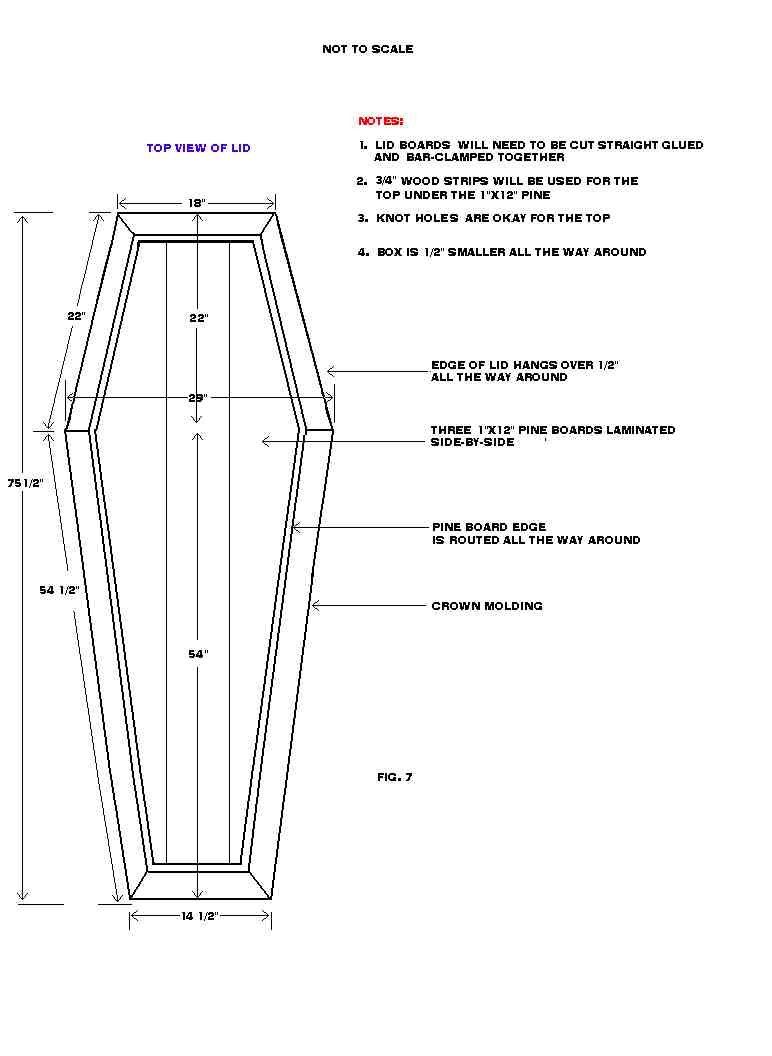Where did the Coffin shape come from?

Coffins are shorter at top and bottom
Coffins that are shorter at the top and bottom, often referred to as “tapered” or “triangular” coffins, are designed to have a narrower shape at the head and feet, creating a more streamlined appearance. This design has several historical and practical reasons:
- Material Efficiency: Tapering allows for less wood or material to be used, making it more economical.
- Burial Practices: The shape can make burial easier, fitting more comfortably into smaller graves or traditional burial sites.
- Aesthetic Appeal: The tapered design can be visually pleasing and may reflect stylistic preferences of certain cultures or time periods.
- Body Positioning: It accommodates the natural shape of the human body, which is wider at the shoulders and narrower at the feet.
This design has been less common in modern times, with rectangular coffins being more standard, but tapered coffins can still be found, especially in specific cultural or eco-friendly contexts.
What is the history of the coffin shape for coffins
The coffin shape has evolved over centuries, influenced by cultural, religious, and practical factors.
- Ancient Times: The earliest known coffins, from ancient Egypt, were rectangular and often made of wood or stone. They were designed to protect the body and facilitate the journey to the afterlife, sometimes with elaborate decorations.
- Medieval Period: In medieval Europe, coffins began to take on a more pronounced shape, often tapering at the feet. This design not only conserved materials but also allowed for easier burial in cramped churchyards.
- 18th Century: The “casket” became popular in the 1700s, often featuring a more elaborate design with curved sides and decorative elements. This reflected a shift toward individual expression in burial practices.
- 19th Century: The Industrial Revolution introduced mass production techniques, leading to more standardized coffin shapes. The rectangular coffin became prevalent, as it was simpler to manufacture and stack.
- 20th Century and Beyond: Modern coffins often feature variations in design, including eco-friendly options and personalized shapes. The traditional coffin shape remains popular, but alternative designs, such as biodegradable materials or unique artistic styles, have gained traction.
Today, coffin shapes continue to reflect personal choices, cultural beliefs, and environmental considerations.
Define a sarcophagus shape
A sarcophagus typically has a rectangular shape, often with a lid that is slightly larger than the base. The sides are usually decorated with carvings, reliefs, or inscriptions.
The design can vary, but common features include:
- Rectangular Body: The main structure is usually box-like.
- Sloped or Flat Lid: The lid may be flat or have a gentle slope, sometimes designed to fit snugly over the base.
- Decorative Elements: Many sarcophagi feature ornate decorations, including figures, mythological scenes, or symbolic motifs.
- Materials: Often made of stone (like limestone or marble), though some were crafted from wood or metal.
The overall shape and style can reflect the cultural and artistic traditions of the time and place it was created.
Recommended Posts

What does AI know about Coffins and Funerals?
December 19, 2024

Fitting Coffins into a Crematorium
December 15, 2024

How to size the hole for the grave using the coffin as a guide
December 13, 2024
